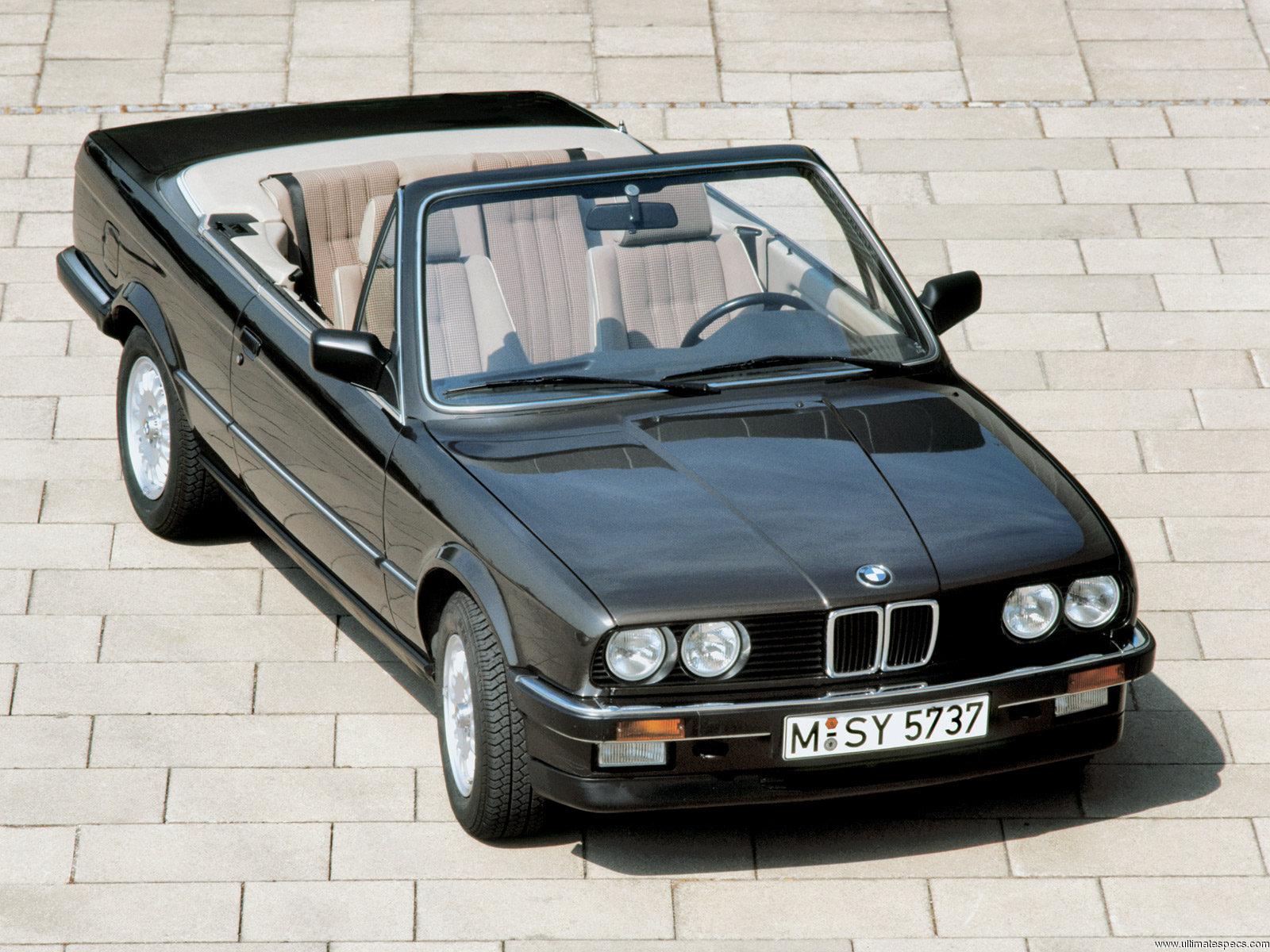The BMW E30 model, particularly the 1990 BMW E30 325i, represents an era where driving was not merely a means of transport but rather an exhilarating experience. With its classic design, balanced performance, and an almost cult-like following, the E30 325i is revered by enthusiasts and collectors alike. This testimony to BMW’s engineering prowess is not to be underestimated. Let’s delve into the specifications, performance metrics, and the reasons behind its legendary status.
The E30 325i was equipped with a robust inline-six engine that was capable of producing 168 horsepower and generating a torque of 164 lb-ft. This swift engine was mated to either a five-speed manual or a four-speed automatic transmission, allowing drivers to engage with the car in a way that felt intimate and connected. The precision of the steering and the responsive throttle made for an incredibly playful driving experience, whether tackling twisty roads or cruising on the highway.
Under the hood, the 2.5-liter M20B25 engine showcased BMW’s commitment to blending performance with everyday usability. Its design, including a dual overhead cam setup and a responsive fuel injection system, delivered an engaging experience. The E30’s engine allowed it to leap from 0 to 60 mph in approximately 6.5 seconds—a remarkable figure for its time, and even more impressive by today’s standards. This swift acceleration was complemented by the car’s relatively lightweight construction, tipping the scales at around 2,800 pounds, which significantly contributed to its agility and nimbleness on the road.
When it comes to handling, the E30 325i was a formidable competitor. Its rear-wheel-drive configuration offered excellent balance and provided a purist driving experience, making it a favorite among driving enthusiasts. The suspension setup—a double-wishbone front and a semi-trailing arm rear—exhibited a level of sophistication that was ahead of its time. This arrangement ensured that the vehicle handled bumps and road imperfections with aplomb, while still maintaining a communicative feel. To further enhance driving dynamics, the E30 was equipped with disc brakes on all four corners, which provided reliable stopping power and confidence during spirited driving.
Moreover, the E30 325i stands out not only for its performance but also for its aesthetic appeal. Sporting the classic BMW kidney grille and distinctive angular headlights, the design of this model captures the imagination with its timeless charm. The sleek lines and muscular stance evoke a sense of athleticism that draws the eye, while the cabin is adorned with high-quality materials that reflect the era’s craftsmanship. Drivers and passengers alike could luxuriate in an interior that boasted ergonomic design, supportive seats, and a driver-centric layout, ensuring a comfortable yet engaging journey.
The legacy of the E30 extends beyond mere specifications; it has made a significant cultural impact. The model is often cited as a benchmark for compact executive cars and has garnered a passionate following in various automotive circles. Car enthusiasts rave about the customization potential of the E30, with numerous aftermarket parts available to enhance performance or aesthetic appeal. From engine upgrades to suspension modifications, the opportunities for personalization are virtually limitless.
The E30 also paved the way for BMW’s involvement in motorsport. This model participated in several racing series and became a popular choice for amateur racing, contributing to its legendary status within the sporting community. It competed in the iconic BMW 325i series, demonstrating that it was not merely a car meant for lifestyle but one meant for the racetrack as well. This intersection of everyday usability and racing pedigree is part of what makes the E30 325i so revered today.
Maintenance and ownership of a BMW E30 325i can either be a joy or a challenge, depending on how one approaches it. Many enthusiasts relish the opportunity to tinker with their vehicles, appreciating that the E30 is relatively straightforward to work on compared to modern automobiles that are often laden with complex electronic systems. A well-maintained E30 can indeed become a dependable daily driver, while others lean towards preserving their models as cherished collectibles, often participating in classic car shows and events.
In conclusion, the 1990 BMW E30 325i is more than just a car; it’s a piece of automotive history that continues to captivate the hearts of enthusiasts globally. Its unique combination of performance, styling, and heritage has solidified its place in the pantheon of classic cars. Whether you’re a seasoned car aficionado or a casual admirer, the allure of the BMW E30 325i is undeniable. It is a car that invites you to experience the joy of driving, and in today’s world of overworked and underappreciated vehicles, that is indeed a breath of fresh air.
